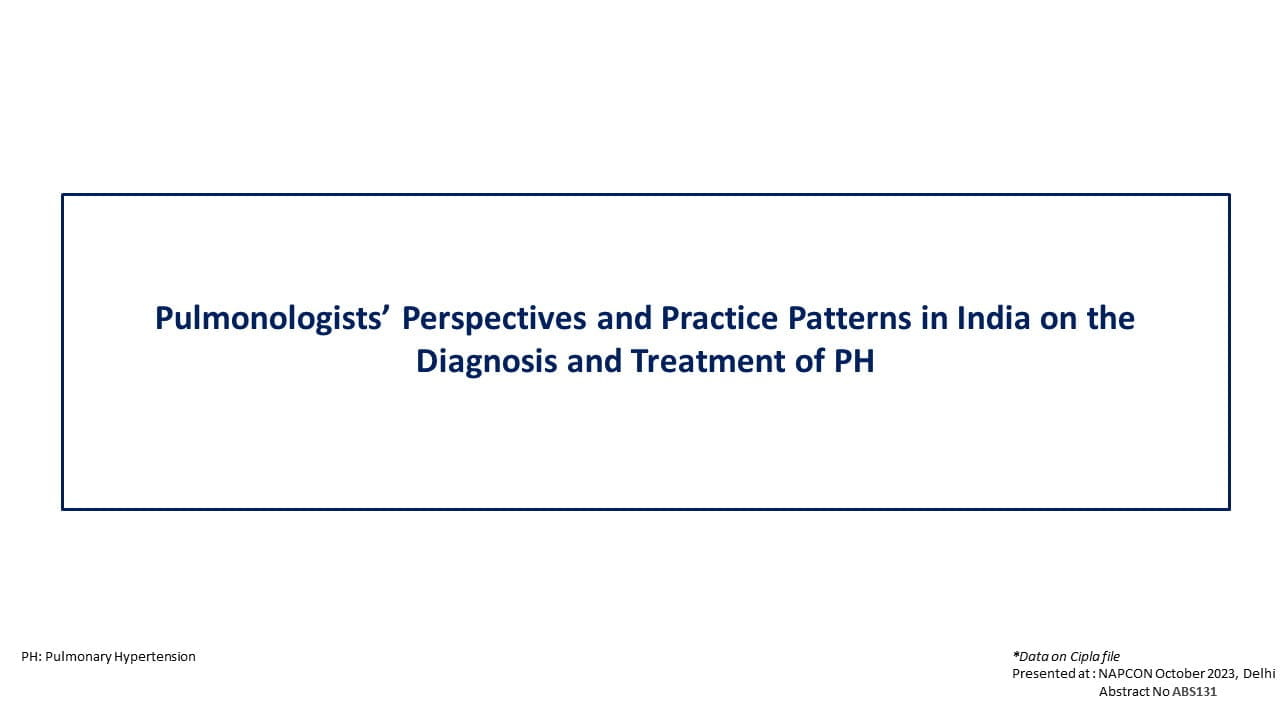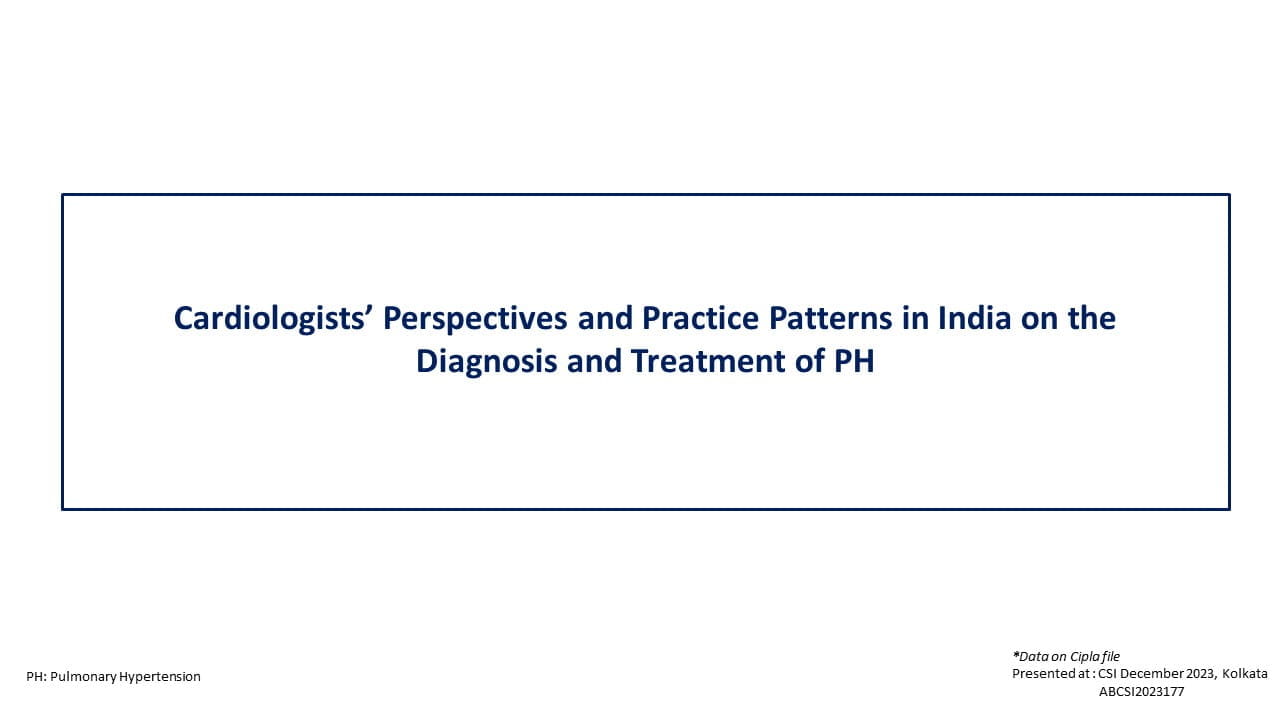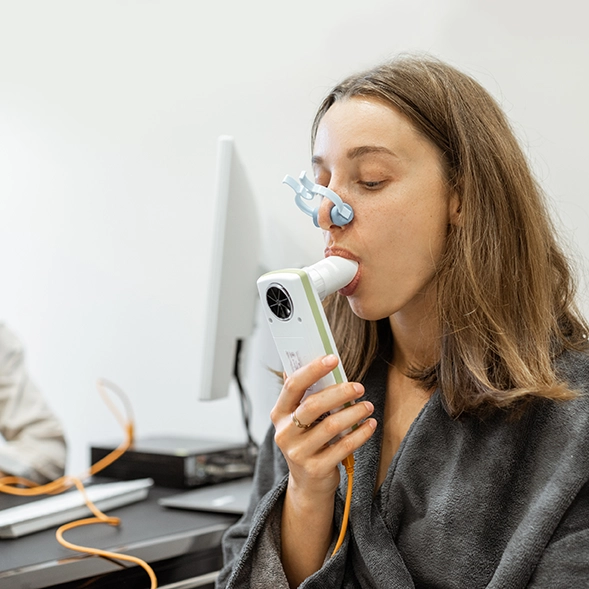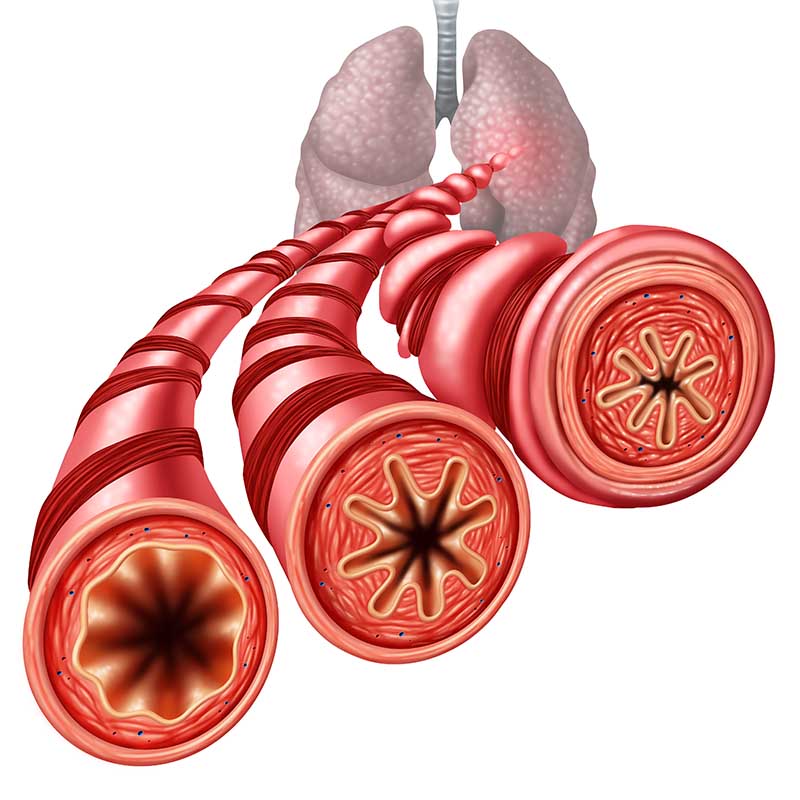SCUT: Impact of Adjunctive Topical Corticosteroids on Treatment Outcomes in Bacterial Keratitis
12 Dec, 17
Background
The role of corticosteroids as an adjunctive therapy for treating bacterial corneal ulcers has been under scrutiny for a long time. The available data is too scarce to provide guidelines for the use of corticosteroids in the treatment of bacterial keratitis.
Aim
The Steroids for Corneal Ulcers Trial (SCUT) aimed at assessing the impact of adjunctive topical corticosteroids on clinical outcomes in patients with bacterial corneal ulcers.
Patient Profile
- Patients with culture-positive bacterial corneal ulcer and receiving topical moxifloxacin (0.5%) for at least 48 hours before randomization (n=500)
Methods
Study Design
- Randomized, placebo-controlled, double-masked, multicenter clinical trial (participating countries: India, USA, England)
Treatment Strategy
- Patients were randomized to receive:
- Patients in both the treatment arms received moxifloxacin as follows:
- One drop every hour while awake for the first 48 hours
- Followed by 1 drop applied every 2 hours until reepithelialization
- Followed by 1 drop 4 times a day until 3 weeks from enrollment
Assessments
- Assessments were conducted at baseline, every 3 days until reepithelialization, at 3 weeks and 3 months.
Primary Outcome
- Best spectacle-corrected visual acuity (BSCVA) at 3 months from enrollment
Secondary Outcomes
- BSCVA at 3 weeks
- Infiltrate/scar size at 3 weeks and 3 months
- Rate of adverse events including; time to reepithelialization, corneal perforation
Results
- Overall, 442 study participants attended the 3-month follow-up visit with the specified time window and were included in the analysis
- As per a multiple linear regression analysis, corticosteroid treatment offered no significant benefits over placebo in terms of improved 3-month BSCVA
- There was no significant difference in infiltrate scar/size at 3 weeks (0.05 mm; p=0.60) or 3 months (0.06 mm; p=0.40).
- Similarly, there was no significant difference in the median time for reepithelialization in corticosteroid vs. placebo group (7.5 vs. 7.0 days; p=0.25)
- Greater proportion of patients in the corticosteroid group had an epithelial defect at 21 days but assessment of healing at 3 months showed no difference in both the study groups (hazard ratio [HR]; 0.96, p=0.73)
- Incidence of adverse events was similar in both the treatment groups with no significant group differences in corneal perforations (p>0.99)
- Subgroup analyses by baseline BSCVA, ulcer location, and infiltrate depth revealed a significant impact of corticosteroids (P = 0.03, P = 0.04, and P = 0.04, respectively). Corticosteroid treatment resulted in a 0.17 better logMAR acuity (approximately 1.7 lines; P = 0.03) vs. placebo at 3 months in patients with baseline BSCVA of counting fingers or worse.
- Corticosteroid treatment also resulted in a 0.20 better logMAR acuity (approximately 2 lines; P =0.02) in case of ulcers completely covering the central 4-mm pupil. Corticosteroid treatment also resulted in an insignificant 0.15 better logMAR acuity (approximately 1.5 lines; P =0.07) vs. placebo at 3 months in case of ulcers with deepest infiltrates at baseline.
Conclusions
- There was no overall difference in 3-month BSCVA with the use of adjunctive corticosteroid therapy vs. placebo in patients affected with bacterial keratitis.
- Corticosteroid use was not associated with any major safety concerns
- As per prespecified subgroup analyses, topical corticosteroids may have a role particularly in ulcers that are more severe at baseline.
Arch Ophthalmol. 2012; 130 (2): 143-50.
Related Topics











